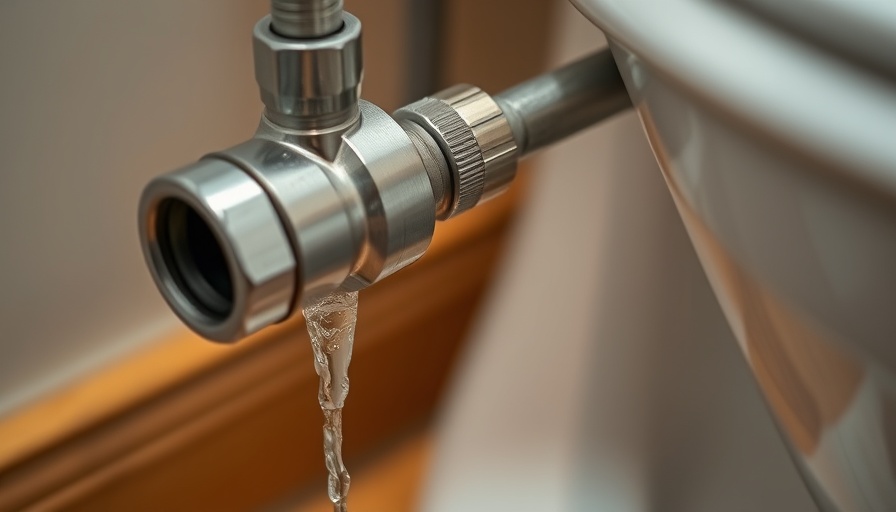
The Importance of Knowing How to Shut Off the Water to Your Toilet
Understanding how to turn off the water supply to your toilet can save you from significant headaches and costs. Water damage due to leaks can escalate quickly, leading to mold growth and structural issues in your home. By being familiar with your plumbing system, you empower yourself to address potential emergencies before they become costly repairs.
3 Simple Ways to Turn Off Water to Your Toilet
You might be surprised to learn that the process to turn off your toilet's water supply doesn't require a plumber. Here are three effective methods that can help you stop the flow and prevent flooding:
Method 1: Turn Off the Fixture's Shut-Off Valve
Your toilet likely has a dedicated shut-off valve, usually located near the base of the toilet or behind the tank. To turn off the valve, follow these steps:
- Locate the valve at the base of your toilet. It may be a lever or a round knob.
- For lever valves, turn it perpendicular to the pipe. For round valves, twist it clockwise until it stops.
- If the valve is stiff, consider using a lubricant like WD-40 to loosen it up.
If successful, the toilet should stop refilling after flushing.
Method 2: Shut Off the Main Water Supply
If the fixture's valve fails, you may need to turn off the main water supply to your home. While ideal for emergencies, this method stops all water flow in the house:
- Find the main shut-off valve, usually located in the basement, garage, or near the water heater.
- Turn the valve clockwise to stop the water flow.
Once turned off, check faucets around the house to confirm that the water supply is fully cut off, giving you peace of mind while you address the issue.
Method 3: Use the Curbside Shut-Off Valve
This is a last resort option used during extreme plumbing emergencies. The curbside shut-off valve controls the water supply coming into your home:
- Locate the meter box near your property line.
- Carefully turn the valve clockwise to stop the water.
- Note: Using this valve without assistance may be illegal in some regions, so check with your water utility company if possible.
Steps to Follow After Turning Off the Water
After the water is off, it's crucial to drain your toilet to make repairs easier. To do this:
- Flush the toilet to expel as much water as possible from the tank and bowl.
- If necessary, use a sponge or small pump to remove remaining water.
Actionable Insights: Preparing for Future Plumbing Issues
Ensure you're prepared for potential plumbing crises by regularly checking your shut-off valves for functionality. Familiarize yourself with their locations within your home so you can quickly respond during emergencies. Consider keeping necessary tools, such as a wrench and lubricant, nearby in case of unexpected issues.
FAQs about Toilet Water Shut-Off
As a homeowner, you may have questions regarding your plumbing:
- How can I tell if my shut-off valve is faulty? If water flows despite turning the valve off, or if it constantly leaks, it likely needs repair or replacement.
- What should I do if my valve is stuck? Applying a lubricant and gently attempting to turn the valve can help loosen it.
- Is it necessary to shut off the main water supply for a leaking toilet? Only if the toilet's fixture valve is not functioning; otherwise, it should remain on.
Wrap-Up: Take Charge of Your Plumbing
Understanding how to turn off the water supply to your toilet can not only protect your home but also give you the confidence to tackle plumbing issues head-on. Embrace these methods to stay proactive and prevent water damage before it becomes a costly repair.
For more plumbing tips and DIY ideas, keep exploring home maintenance resources and consider reaching out for expert help when necessary.
 Add Row
Add Row  Add
Add 




Write A Comment